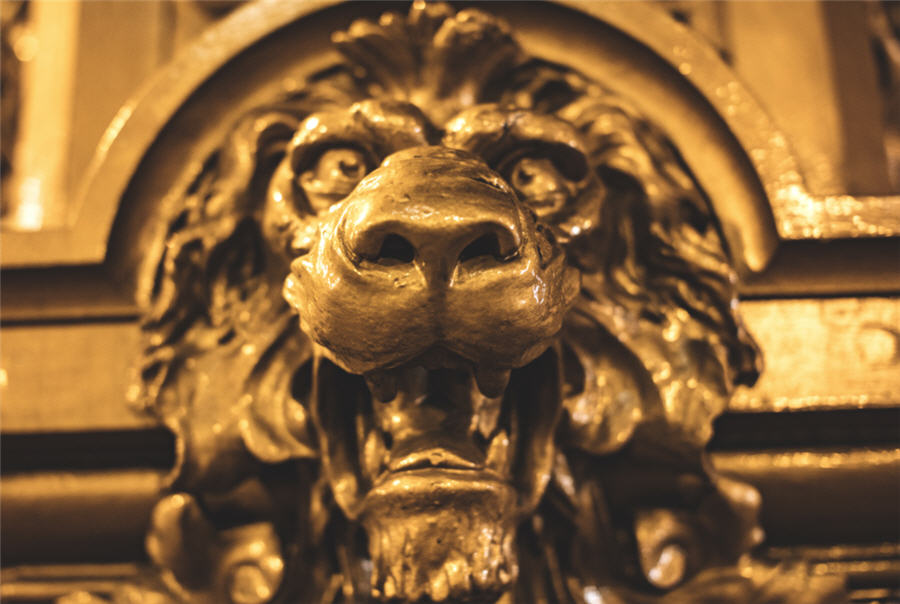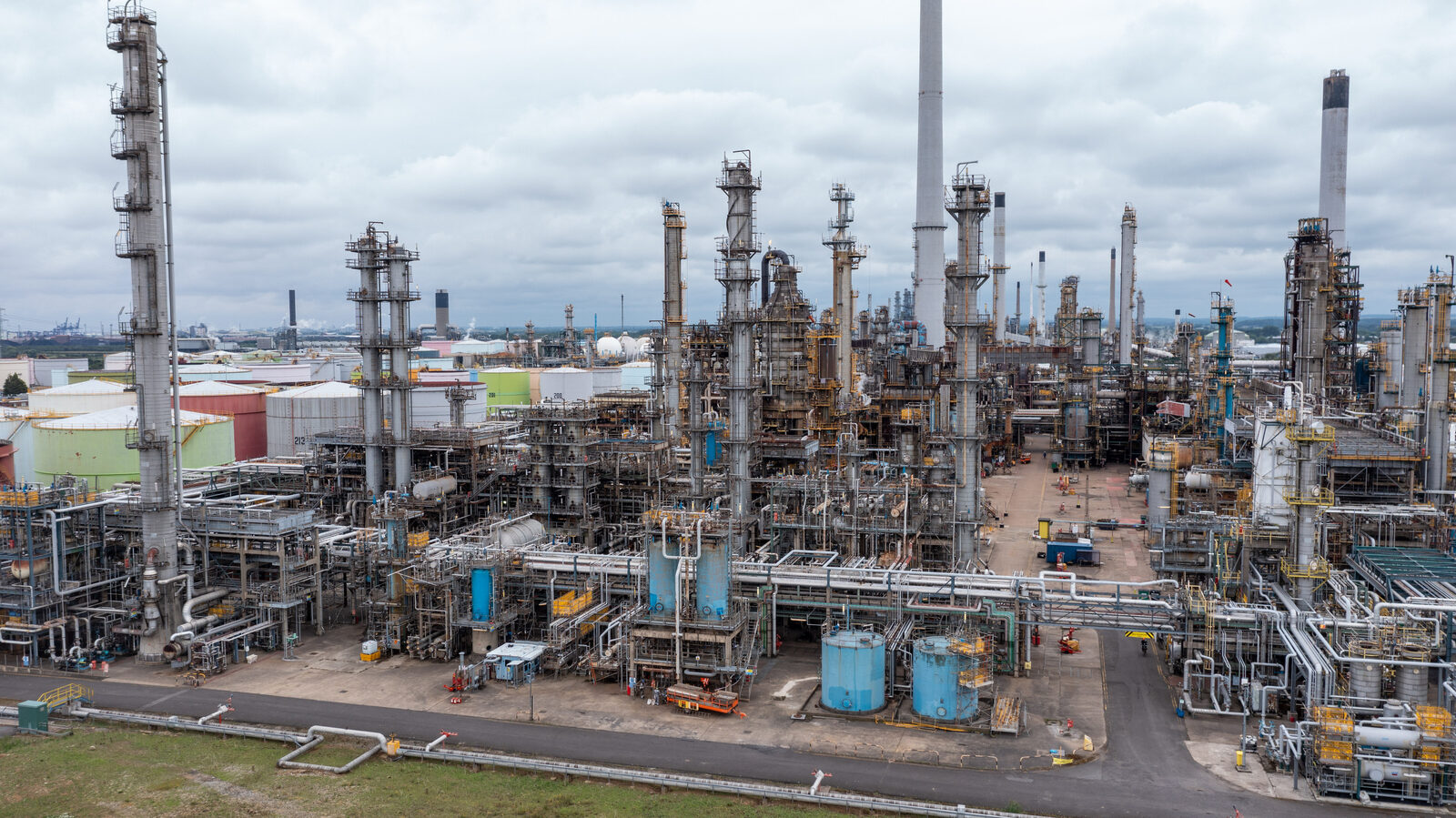Fastest-growing gold ETF using fee war to redefine industry

Will Rhind has seen the top of the gold market, and the bottom. Now, the leader of the fastest-growing bullion-backed ETF in the past year is redefining it by forcing down the fees paid by investors.
Rhind, 39, joined the World Gold Council, the company behind SPDR Gold Shares, in 2007, just as exchange-traded funds were starting to gain investor attention. He watched assets hit an all-time high in 2012, followed by a shift in sentiment that sent the precious metal plunging to a bear market one year later.
In 2017, Rhind entered the market with his own shop, GraniteShares Gold Trust. Now he’s in the midst of a fee war with his former employer and other ETFs that’s helped boost his fund’s value to $458 million, from less than $12 million a year earlier. The price cuts are coming at a time when gold prices have jumped about 9.5 percent since August.
Once clients see the value of the product “then it doesn’t matter whether it’s provided by a big firm or a small firm,’’ Rhind said in a telephone interview. ‘‘Big companies get used to doing things in a certain way. But I think in the next 10 years it’s going to be drastically different.’’
Initially, GraniteShares carried a fee of $2 for every $1,000 invested, below the amount charged by iShares Gold Trust and about half that of SPDR Gold. Less than a year later, the World Gold Council and its distributor State Street Global came up with a cheaper alternative — SPDR Gold MiniShares, which trades under the ticker GLDM.
“We were conscious that there was a move toward lower expense ratio across the board in ETFs and we wanted to be part of that because we want to make our clients have value products,’’ George Milling-Stanley, head of gold strategy at State Street Global Advisors, said in a telephone interview.
Rhind’s response was to go even lower, cutting his fee to $1.749.
‘‘Evidence shows that lowering fees by as little as one basis point can be a difference of hundreds of millions of dollars in flows across the entire ETF industry, not just the gold space,’’ James Seyffart, an analyst at Bloomberg Intelligence, said in a phone interview. ‘‘Cost is a big determinant in return over the long run.”

Even with a fee that’s less than half the median of rates charged by 25 U.S. non-leveraged precious metal-ETFs tracked by Bloomberg, GraniteShares, which trades under the ticker BAR, struggled to gain traction at the beginning. Its assets, which began at $2.6 million didn’t reach the $100 million mark until June of last year.
BAR’s holdings climbed almost 39 times in the 12 months through Feb. 8 to 348,032.6 ounces, the fastest growing among gold-backed ETFs tracked by Bloomberg. Its bigger rival, SPDR Gold MiniShares, saw its assets soar 23 times since it was created in June. SPDR Gold Shares, the largest in the industry, is down about 778,000 ounces over the past year.
While BAR’s assets are a drop in the bucket compared with SPDR Gold Shares’s $35 billion in holdings at that time, Rhind’s strategy is less about how much others are losing and more on the future of his own company. His main goal: Having ‘‘a product that can stand on its own two feet’’ in a crowded marketplace.
‘‘We’ve just got to be as competitive as we can and continue to maintain our proposition of being the lowest-cost product in the market,’’ Rhind said “If we can continue to do that, we’ll continue to be competitive.”
{{ commodity.name }}
{{ post.title }}
{{ post.date }}

Comments